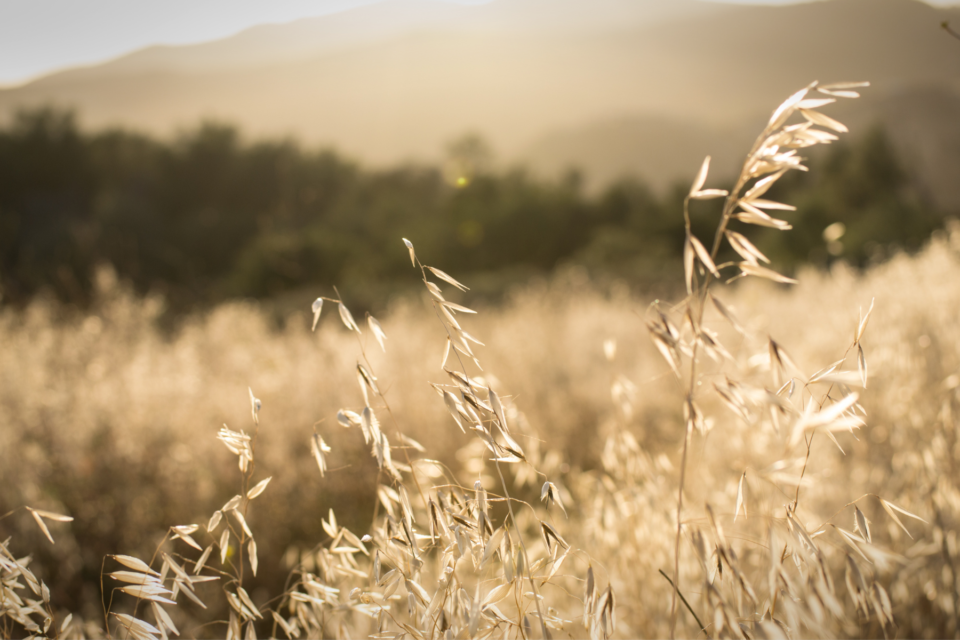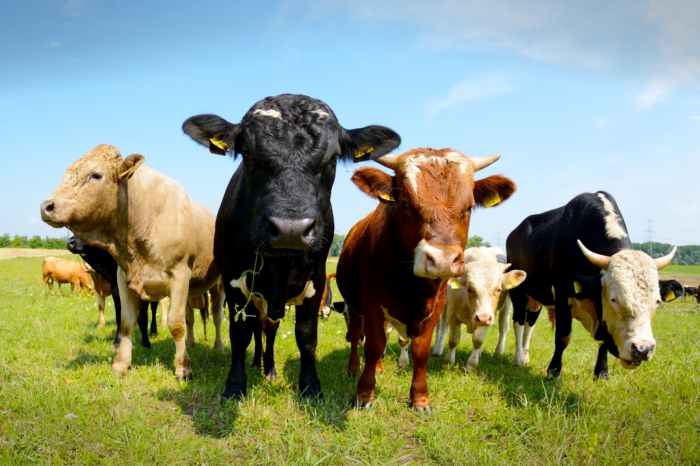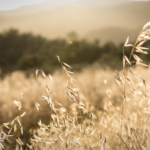Aerial cheatgrass spraying planned for burned areas in the eastern Snowy Range

The U.S. Department of Agriculture, Forest Service (USFS) and the Wyoming Game & Fish Department (WGFD) are planning to treat cheatgrass on 5,300 acres within the 2012 Squirrel Creek and 2020 Mullen wildfire areas through the aerial application of the herbicide Rejuvra, with the goal of reducing or even eradicating this species on many burned areas.
Aerial spraying with a helicopter is scheduled to begin Wednesday, July 13 in treatment units along the eastern portion of the Snowy Range, Medicine Bow National Forest.
Treatment will take place over a three-week window; however, herbicide application is weather-permitting and could result in full, partial, or no-spray days.
Recreationists throughout the area should be aware of the planned spraying. On-the-ground signage has been posted along with maps. Short-term closures are possible during the project pending treatment timing.
The helicopter will be based out of Laramie, Wyo. with various staging areas throughout the Forest or adjacent BLM or State lands, determined by the area currently being treated.
The emphasis is on controlling non-native, annual cheatgrass on critical big-game winter ranges, enhancing native vegetation species, stabilizing soils, and reducing erosion. Treating cheatgrass also greatly minimizes the risk of a second wildfire in this area by the reduction in fine fuels and diminishes the threat of shorter fire intervals in the future.
This aerial treatment is retreatment of the Squirrel Creek burned area and initial treatment of areas burned by the Mullen Fire, the treatment area for both fires is contiguous. The efforts will focus on high-risk areas where the spread of cheatgrass could allow it to become established as dominant plant species.
Aerial treatments of cheatgrass have previously proven successful on the Medicine Bow National Forest, within burned areas from multiple wildfires.
“Monitoring has shown that our past treatments have been successful in managing cheatgrass,” said Frank Romero, Laramie District Ranger. “This multi-year effort is a major collaboration with our partners and is a great example of how we are working towards common goals across the landscape.”
The Mullen cheatgrass project has received in-kind, monetary, and collaborative support from the following entities: USFS, WGFD, Colorado State University – Natural Resource Ecology Lab, United States Geological Survey, Muley Fanatics Foundation, University of Wyoming, Wyoming Wild Sheep Foundation, Rocky Mountain Elk Foundation, Wyoming Wildlife and Natural Resource Trust, National Fish and Wildlife Foundation, and Wyoming Governor’s Big Game License Coalition. The collective support for treating invasive species following the Mullen fire is valued at over a million dollars and with such we anticipate treating approximately 17,000 acres of cheatgrass over multiple years.
In 2021, 10,903 acres were treated via aerial application on the western slope of the Snowy Range.
Cheatgrass is a particularly aggressive invasive species that many agencies and landowners in the western United States are struggling to control. It is a prolific seed producer, thrives in disturbed areas and can displace native plants within grass and shrubland communities.
The ability to spray aerially on the Mullen Fire area is a result of the 2015 Record of Decision for Invasive Plant Management on the Medicine Bow-Routt National Forests and Thunder Basin National Grassland.
Specific questions about the project should be directed to Jackie Roaque (USFS), 307-745-2340.
Fire recovery is a USDA Forest Service – Rocky Mountain Regional priority, and local Forest objective. Post-fire restoration work, such as cheatgrass spraying, is ongoing.
Additional resources can be found on our website. Information is also available on social media: @FS_MBRTB on Twitter or @FSMBRTB on Facebook.


